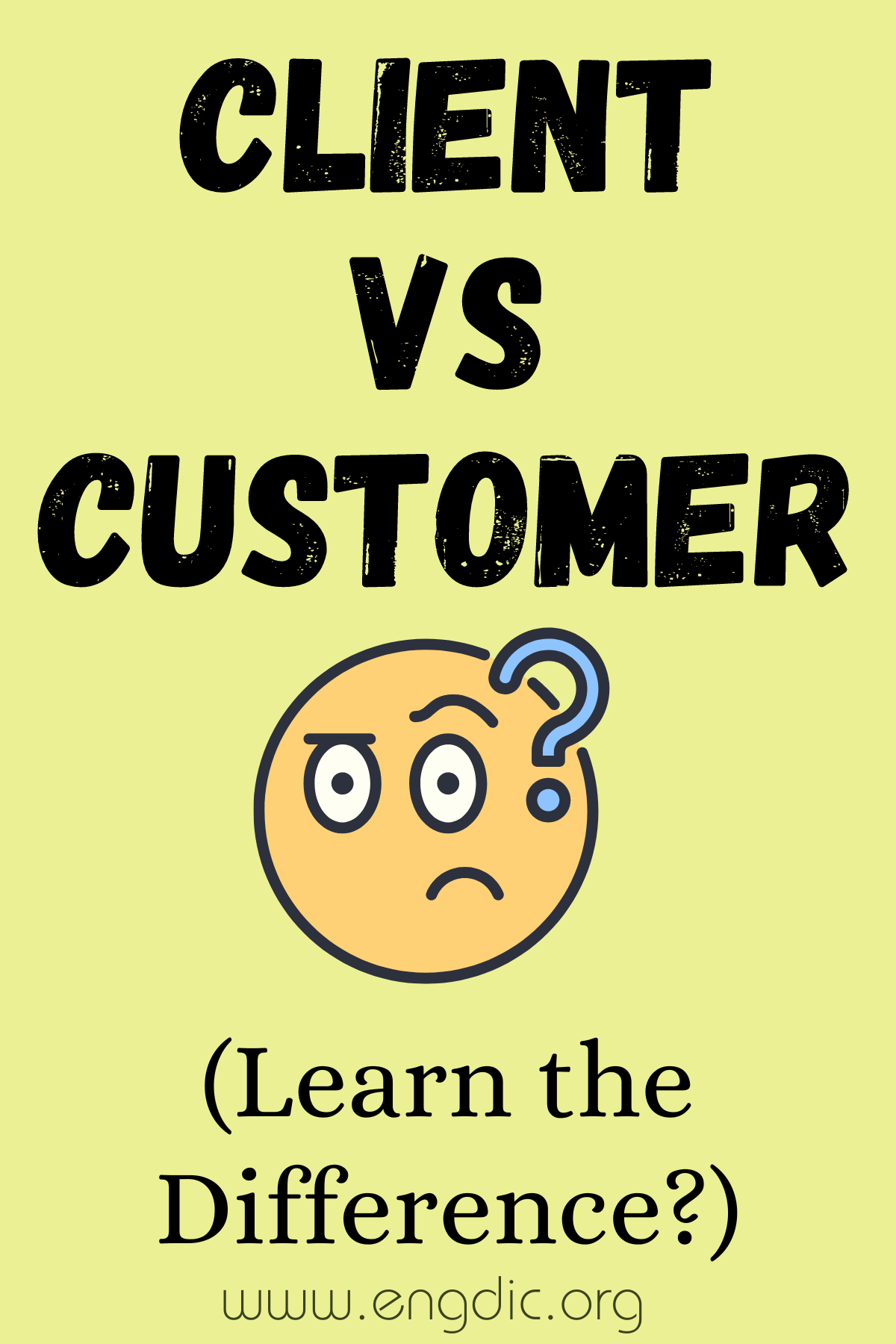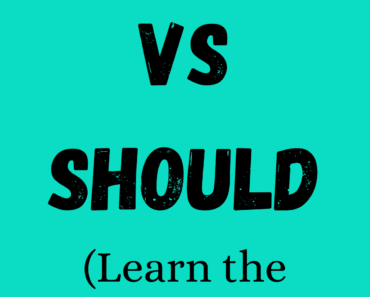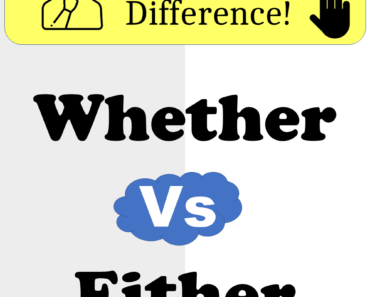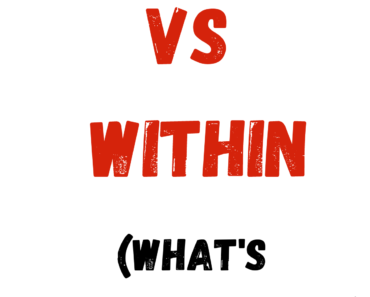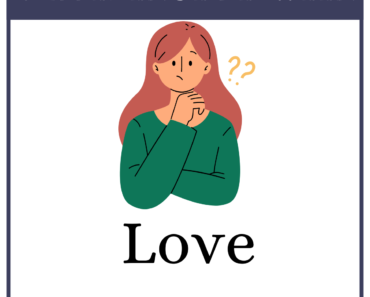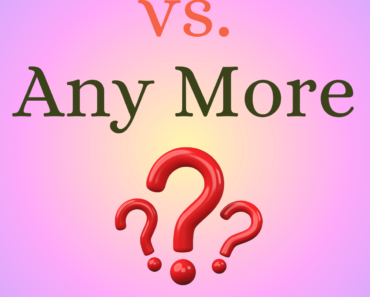A client typically refers to someone who receives personalized services, often in a professional context such as law, accounting, or consulting. The relationship is ongoing and involves specialized attention tailored to the client’s needs.
A customer, on the other hand, is generally a person or entity that purchases goods or services in a more transactional manner. They engage in business mainly for the product or service offered, without the expectation of personalized treatment.
While the terms are often used interchangeably, understanding the distinction is crucial for professionals aiming to meet the specific needs of their audiences.
Client
Definition:
A client is an individual or organization that receives professional services from another party. The relationship is often continuous and involves specialized attention tailored to the client’s needs.
Usage:
- Professional Services: Clients are common in sectors like law, finance, and consulting, where the services are customized.
- Example: A lawyer’s client receives personalized legal advice and representation.
- Long-term Relationship: The relationship between a client and service provider is often long-term.
- Example: A business hiring a marketing agency becomes a client for ongoing strategic support.
- Fee-based Services: Clients usually pay a fee for professional services.
- Example: A software company providing customized software solutions has clients who pay for bespoke services.
Customer
Definition:
A customer is an individual or organization that buys goods or services from another party. The relationship is often transactional and typically not personalized.
Usage:
- Retail and E-commerce: Customers are commonly seen in retail, purchasing products or services.
- Example: A person buying a smartphone at a store is a customer.
- Transactional Relationship: The relationship between a customer and a business is usually short-term and transactional.
- Example: A customer buys a cup of coffee and doesn’t have a long-term relationship with the café.
- Fixed Pricing: Customers usually pay a fixed price for products or services.
- Example: An online store lists fixed prices for all customers buying electronics.
Understanding the distinctions between a client and a customer helps businesses tailor their strategies and ensure they meet the needs of each group effectively.
